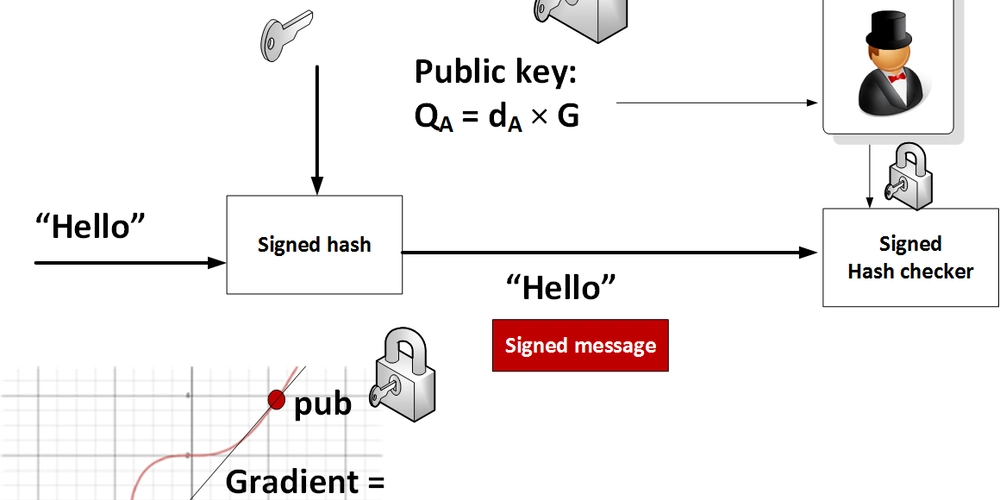This One Script Saves Me 10+ Hours Weekly
If you're like me, you dread the repetitive tasks that eat up your time—checking emails, generating reports, monitoring your system, and the list goes on. Instead of doing these manually, I built a single Python script that takes care of it all, freeing up more than 10 hours each week for work that truly matters. info: A recent survey found that over 60% of developers use automation to save time, and many report reclaiming 10+ hours per week. In this guide, I'll share how you can create your own "universal automation script" with plain, no-nonsense Python. No buzzwords or confusing jargon—just clear, step-by-step instructions. Step 1: Setting Up the Script First, make sure you have Python installed. If not, download it from python.org. Then, open your favorite text editor and create a file named auto_helper.py. You’ll also need a few libraries. Open your terminal and run: pip install imapclient smtplib email pandas psutil schedule These tools will help you with email management, report generation, system health monitoring, and scheduling. Step 2: Automating Emails Manually checking and responding to emails wastes time. Here’s how to let Python do the work: from imapclient import IMAPClient EMAIL = "your_email@gmail.com" PASSWORD = "your_password" def check_emails(): with IMAPClient("imap.gmail.com") as server: server.login(EMAIL, PASSWORD) server.select_folder("INBOX") messages = server.search(["UNSEEN"]) for msg_id in messages: print(f"New Email: {msg_id}") check_emails() For auto-replies, try this snippet: import smtplib from email.mime.text import MIMEText def send_email(to, subject, body): msg = MIMEText(body) msg["Subject"] = subject msg["From"] = EMAIL msg["To"] = to with smtplib.SMTP_SSL("smtp.gmail.com", 465) as server: server.login(EMAIL, PASSWORD) server.sendmail(EMAIL, to, msg.as_string()) send_email("someone@example.com", "Auto-Reply", "I'm away at the moment. Will get back soon!") 50 AI-Powered Money-Making Prompts for Bloggers: Maximize Your Blog's Revenue

If you're like me, you dread the repetitive tasks that eat up your time—checking emails, generating reports, monitoring your system, and the list goes on. Instead of doing these manually, I built a single Python script that takes care of it all, freeing up more than 10 hours each week for work that truly matters.
info: A recent survey found that over 60% of developers use automation to save time, and many report reclaiming 10+ hours per week.
In this guide, I'll share how you can create your own "universal automation script" with plain, no-nonsense Python. No buzzwords or confusing jargon—just clear, step-by-step instructions.
Step 1: Setting Up the Script
First, make sure you have Python installed. If not, download it from python.org. Then, open your favorite text editor and create a file named auto_helper.py.
You’ll also need a few libraries. Open your terminal and run:
pip install imapclient smtplib email pandas psutil schedule
These tools will help you with email management, report generation, system health monitoring, and scheduling.
Step 2: Automating Emails
Manually checking and responding to emails wastes time. Here’s how to let Python do the work:
from imapclient import IMAPClient
EMAIL = "your_email@gmail.com"
PASSWORD = "your_password"
def check_emails():
with IMAPClient("imap.gmail.com") as server:
server.login(EMAIL, PASSWORD)
server.select_folder("INBOX")
messages = server.search(["UNSEEN"])
for msg_id in messages:
print(f"New Email: {msg_id}")
check_emails()
For auto-replies, try this snippet:
import smtplib
from email.mime.text import MIMEText
def send_email(to, subject, body):
msg = MIMEText(body)
msg["Subject"] = subject
msg["From"] = EMAIL
msg["To"] = to
with smtplib.SMTP_SSL("smtp.gmail.com", 465) as server:
server.login(EMAIL, PASSWORD)
server.sendmail(EMAIL, to, msg.as_string())
send_email("someone@example.com", "Auto-Reply", "I'm away at the moment. Will get back soon!")










































































































































































![[The AI Show Episode 142]: ChatGPT’s New Image Generator, Studio Ghibli Craze and Backlash, Gemini 2.5, OpenAI Academy, 4o Updates, Vibe Marketing & xAI Acquires X](https://www.marketingaiinstitute.com/hubfs/ep%20142%20cover.png)



























































































































![[FREE EBOOKS] The Kubernetes Bible, The Ultimate Linux Shell Scripting Guide & Four More Best Selling Titles](https://www.javacodegeeks.com/wp-content/uploads/2012/12/jcg-logo.jpg)



![From drop-out to software architect with Jason Lengstorf [Podcast #167]](https://cdn.hashnode.com/res/hashnode/image/upload/v1743796461357/f3d19cd7-e6f5-4d7c-8bfc-eb974bc8da68.png?#)






































































































.png?#)




.jpg?#)
































_Christophe_Coat_Alamy.jpg?#)







































































































![Rapidus in Talks With Apple as It Accelerates Toward 2nm Chip Production [Report]](https://www.iclarified.com/images/news/96937/96937/96937-640.jpg)









































































































































